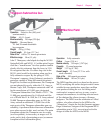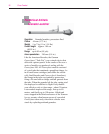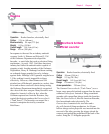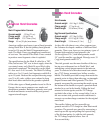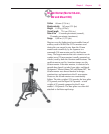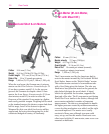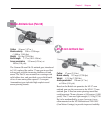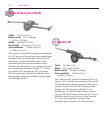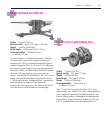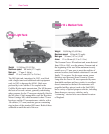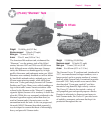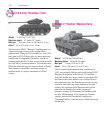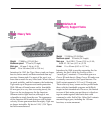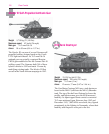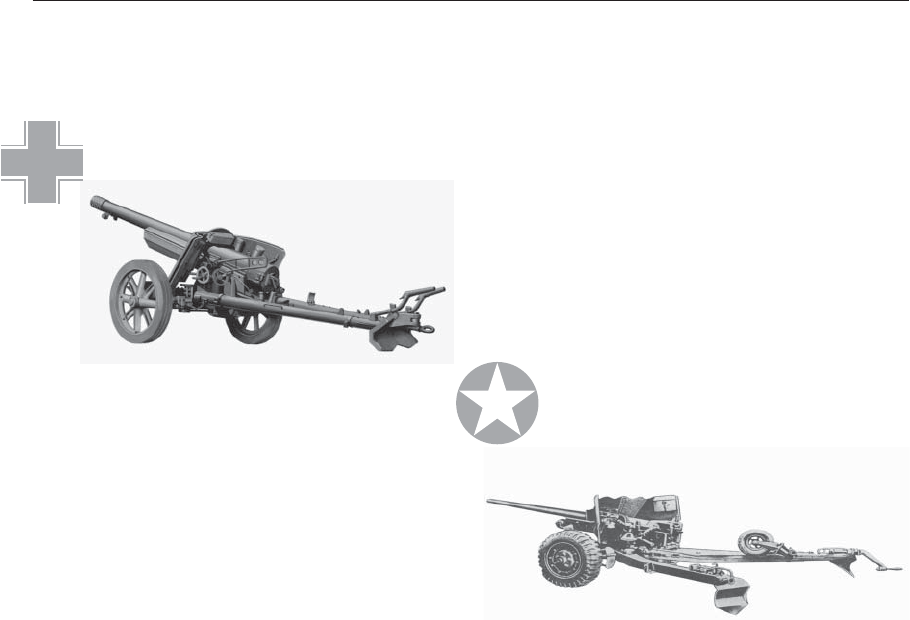
Chapter 5 Weapons
101
M1 57-mm Antitank Gun
Caliber
57 mm (2.24 in.)
Muzzle velocity
823 mps (2,700 fps)
Weight
1,215 kg (2,700 lbs)
Armor penetration
120 mm (4.7 in.)
at 100 m (110 yds)
Based on the British six-pounder, the M1 57-mm
antitank gun was the successor to the M3A1 37-mm
antitank gun. It fired an armor-piercing round that
could penetrate 70 mm of armor at 910 meters (1,000
yards). The 57 mm was light enough (1,215 kg/2,700
lbs) to be manhandled by a crew; however, it was
often mounted on the M3 Halftrack and T49 GMC
(Gun Motor Carriage) to provide improved mobility.
Caliber
50 mm (1.97 in.)
Muzzle velocity
550 to 1,200 mps
(1,800 to 3,940 fps)
Weight
916 kg (2,016 lbs)
Barrel length
3.17 m (10 ft 4.96 in.)
Armor penetration
159 mm (6.25 in.) at
100 m (110 yds)
The German 50-mm Pak 38 antitank gun, introduced
in 1941, replaced the earlier 37-mm gun in an effort
to keep pace with the increasing thickness of tank
armor. The Pak 38 was mounted on a carriage with
solid rubber tires, and provided a crew shield made
of two 4-mm armor plates spaced 2.5 cm apart.
Ammunition types included high-explosive and
armor-piercing rounds.
50-mm Antitank Gun (Pak 38)



